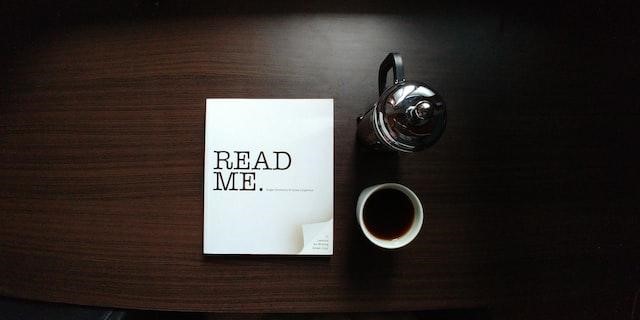
We think it’s not worth explaining what a press release is. Everything is clear with this concept anyway. Moreover, you probably also know how a good press release should be written and what information it should include. However, for many, this knowledge isn’t systematized.
In this article, we won’t describe the complete structure of a press release point by point but will summarize the information and give you the top 7 tips on writing the perfect press release. Let’s go!
Tip #1
If you want your material to be published, it’s crucial for the content to be engaging and useful to a reader. In this case, you are more likely to succeed. Also, remember the main rule: one press release includes one piece of news. It’s not necessary to write about everything at once. It will confuse the reader and may have a negative effect on the overall impression of the material.

Tip #2
Include information about your company. For instance, give information about your firm, indicate its name, contact info, the field of activity, and what products and services it provides. It’s good if the text contains statistical data and some little-known facts about your business. To provide the most up-to-date information, data management in your company should work without a hitch. Therefore, take care of the data quality and, if necessary, use the services of data defects autocorrection. Moreover, remember what and for whom you are writing. Your text should meet the professional knowledge of readers.
Tip #3
Make your press release easy to publish. Some bloggers, agencies, and journalists use the received press releases in their articles, with almost no editing or changes. The more information and details you include in your press release, the less work and the most reliable and high-quality material journalists will have.
Tip #4
Use a catchy and informative title. You definitely know that this is the main part of your press release. Some people, firstly, come up with a title and then write text. Some, on the contrary, write the text and then comes up with a headline. In any case, there is no definite order of action in this situation — since each author has his own approach. However, the goal is the same — to engage the reader.

Tip #5
Don’t use professional jargon. The more difficult your press release is to understand for an amateur and non-professional, the less likely it will be printed in the media or published on some trusted resource. The moderate use of professional terminology in your press release will add value to the material and, at the same time, be comprehensible to the audience.
Tip #6
Pay special attention to the beginning of your text — an introduction or the first paragraph. Try to convey the main idea and content of the text in the first lines. It’s a well-known fact that people engaged by the text at the very beginning are likely to read it to the end. Avoid using unnecessary adjectives and absurd words and don’t include template phrases.
Tip #7
Put yourself in the shoes of the reader, and then you will better understand what to include in the publication. Try to use real examples to support your message. Prove to the readers how critical and beneficial your information is for them. If your press release is uninteresting, you can’t expect anyone to publish it on their blog or in the media.

In conclusion, we would like to say that writing the perfect press release is a rather challenging task. Your main goal is to convey ideas and maximum information with the minimum number of words. Remember that facts will make your content more meaningful and give readers the impression that you have done serious research.
Good luck!